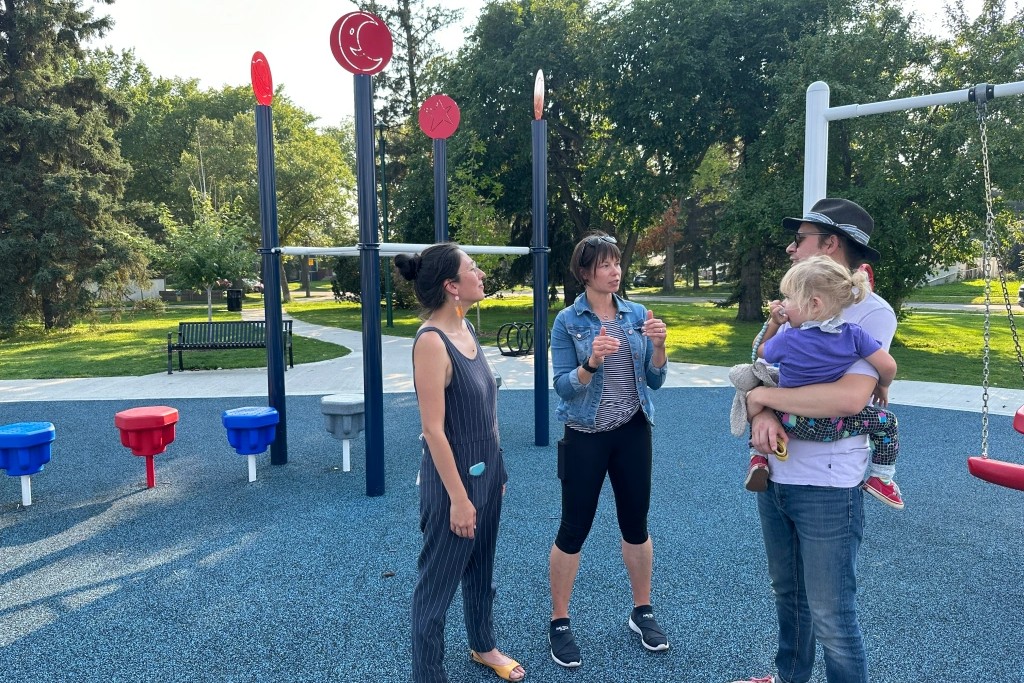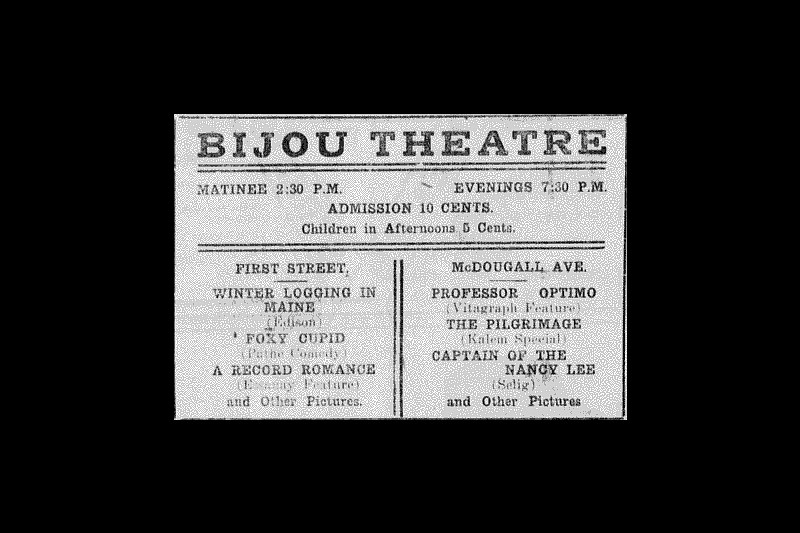
Podcast explores the serious work of places to play
Playground design has changed a lot over Edmonton's history, but regardless of the equipment, the essence of the space is the way it builds community, say experts consulted during Let's Find Out's quest for the city's best park for kids.
Today, an essential part of that community-building is making sure the playground is both safe and enjoyable for children with various abilities.
"There are so many features about inclusive play that go beyond just the surfacing," Jill Footz of Edmonton Playgrounds said on Episode 83 of the podcast that answers questions about Edmonton's history. As a mother who has reviewed about 380 Edmonton-area playgrounds with her kids since the pandemic started, Footz has come across a lot of advancements, such as the Clareview District Park. It has ramps, sensory spaces, and one of Edmonton's few ground-level merry-go-rounds to make it more inclusive.
Community-building was an important part of playgrounds in the early 20th century, too, albeit in a different way. Social reform was on the minds of park-makers back then, Paulina Retamales discovered in her master's research on Edmonton's Gyro Club.
When the Gyro Club of Edmonton started in 1921, people were concerned about children being at risk of drowning in the river or getting hit by the growing number of motorists on the streets, Retamales said. So the club started building and programming places for the children to go.
"They decided to have playgrounds be their mission, to help provide and support that social reform, a place for kids to be under supervision, which for them was very important," she said.
These parks acted as "the heart of the city," said Retamales, with play directors who would engage the kids and encourage inter-playground competitions, offering more socialization and integration at a time when immigration rates were high.
Kathryn Gwun-Yeen Lennon sparked the search for Edmonton's best playground when she posed the question to the podcast, and community was on her list of essential criteria.
"I think sometimes that gets overlooked in the design," Lennon said. "Having places to sit or picnic tables or places to gather, because people want to gather at playgrounds."
Hear more about what she learned with hosts Trevor Chow-Fraser, Chris Chang-Yen Phillips, and some avid playground testers on the Sept. 6 episode. And learn more about a different kind of park at Let's Find Out's live show on Sept. 21.



